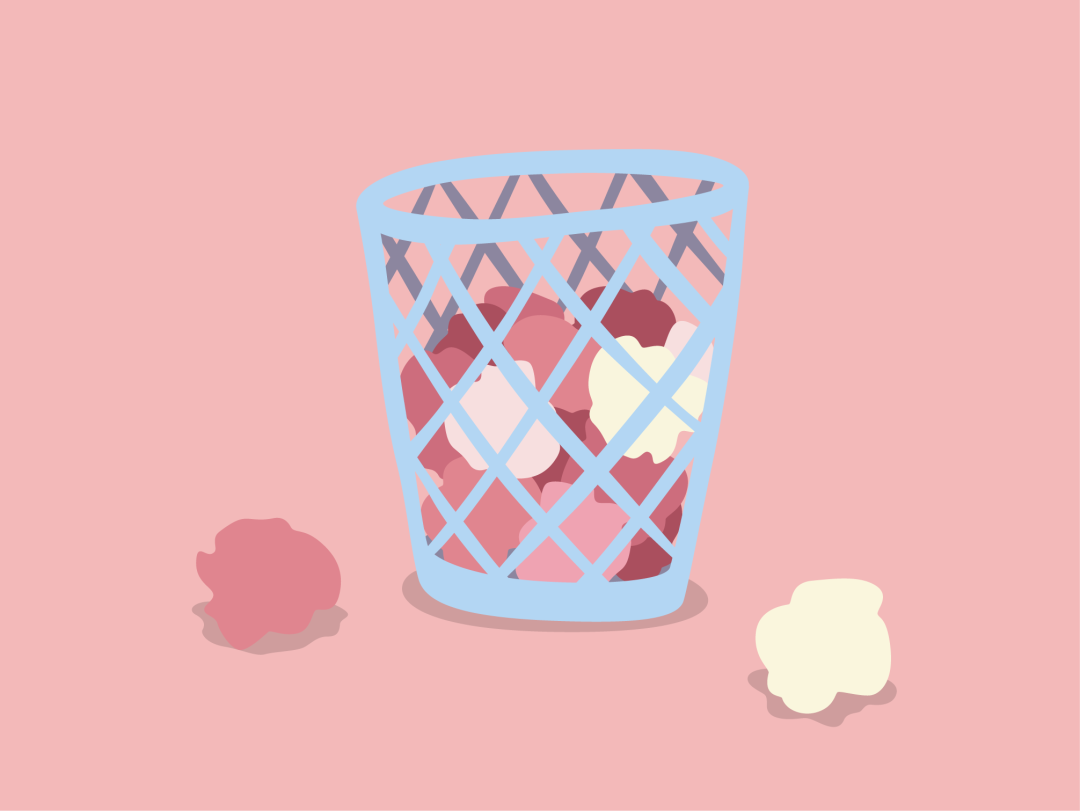Sign up to stay in the loop on new styles and sales!
Sign up to stay in the loop on new styles and sales!
#explainer
How Pelvic Health Affects Postpartum Bodies
health
·5 min read

by Jenny Donahue | 09/09/2020
You’ve probably experienced a charley horse before—one of those unexpected muscle spasms that happen in your leg or foot—but probably not in your muscles *down there*. In short, bodies go through many changes during and after pregnancy and they’re not always the most pleasant.
Your pelvic floor muscles are responsible for everything from supporting your organs, to helping you pee and poop, to allowing for pleasurable penetrative sex, so it makes sense that they might be thrown for a loop after they help push out a baby. Issues like muscle spasms down there are more common than you’d think, and it’s important to pay attention to your pelvic floor — especially after pregnancy.
The more you know about how giving birth affects your pelvic floor, the better you can take care of your recovering body.
hypertonic muscles
It makes sense that those muscles might be a little thrown after giving birth. Think about it: Your pelvic floor just withstood 9 months of increased pressure, endured the stretch and strain of childbirth, and now those muscles are being rubbed together like two sticks making fire. Ouch. While most people focus on Kegels and pelvic floor strengthening after childbirth, it’s actually pretty common for postpartum parents to have hypertonicity, or tightness (like a charley horse), in their pelvic muscles.
fluctuating hormones
Hormonal changes after pregnancy can also cause trouble in your nether regions. Estrogen levels that were on the up and up take a deep nose dive, and this rapid change can have an unforeseen impact on pelvic health, including libido changes, vaginal dryness and absent periods.
absent period
A decrease in estrogen can delay your postpartum period for up to 9 months or until you fully wean from breastfeeding — this is known as lactational amenorrhea (LAM). While spotting can occur during LAM, it’s important to note that two consecutive days of spotting or bleeding after 56 days postpartum is a sign that fertility is returning. Now, LAM is not a reliable form of birth control unless you are exclusively nursing on-demand, and even then it’s not 100% effective. If you’re breastfeeding and trying to conceive or avoid exactly that, talk to your doctor or midwife.
low libido & surprise arousal
Sexual desire is complicated. Less estrogen, along with sleep deprivation, leaky breasts, and newfound parental responsibilities, can result in ho-hum bedroom vibes. Not feeling it postpartum? Blame your ovaries.
While nursing, the hormone oxytocin triggers the milk ejection reflex . Oxytocin is also released during an orgasm, so it’s not uncommon to leak milk during sexual activity and/or feel sexually stimulated while breastfeeding. Odd, I know, but you can’t help science.
vaginal dryness
One of estrogen’s jobs is to help keep your vagina plump and healthy. Low estrogen levels during breastfeeding essentially mimic a classic symptom of menopause: vaginal tissues like the Sahara. If vaginal penetrative sex is your thing, it may not be the most comfortable while nursing.
This brings us to the “D” word: dyspareunia, or pain with sex. In a perfect storm, low libido + vaginal dryness = dyspareunia. Pain can occur anywhere at or around the vagina, and may be sharp, achy, burning, or cause cramping. If you notice any of these symptoms, there are a few different things you can try for relief:
more foreplay, please: This is a great opportunity to bring back the heavy make-out sesh and masturbate (self or mutual) before attempting penetration. You may also want to guide your partner when it comes to the boob grab, and wear a nursing bra with pads if you’re concerned about lactating during sex. Pumping or nursing before sex can also help to avoid leakage.
lubricate & hydrate: A water-based lube can help limit friction, and prevent skin irritation that oil or silicone-based lubes can cause. Drinking plenty of fluids will also help keep your skin healthy, with a bonus of boosting milk supply.
switch it up: Your favorite sex positions may not work for you while breastfeeding. The missionary position helps ease breast heaviness, while being on top allows you to control the amount and rate of penetration. You need to be comfortable in order to enjoy sex, so try a few different positions and be vocal to your partner(s) about what’s working for you.
Tried it all, and are still struggling with persistent pain? You’re not alone. Talk to a pelvic health physical therapist. A pelvic health physical therapist can also help identify causes of pain and muscle tension, and guide you through treatment options. A mental health professional or sex therapist can help if you’re feeling fear or anxiety about intimacy.
Were you surprised to learn about how pregnancy, childbirth, and the pelvic floor are related? Share your thoughts in the comments below!
Jenny Donahue is a pelvic health physical therapist, certified lymphedema therapist and breastfeeding counselor in Brooklyn, NY. She works with birth parents, and emphatically believes that childbirth is an athletic feat that requires proper training and recovery. You can connect with Jenny via Instagram and her website.
by Jenny Donahue


